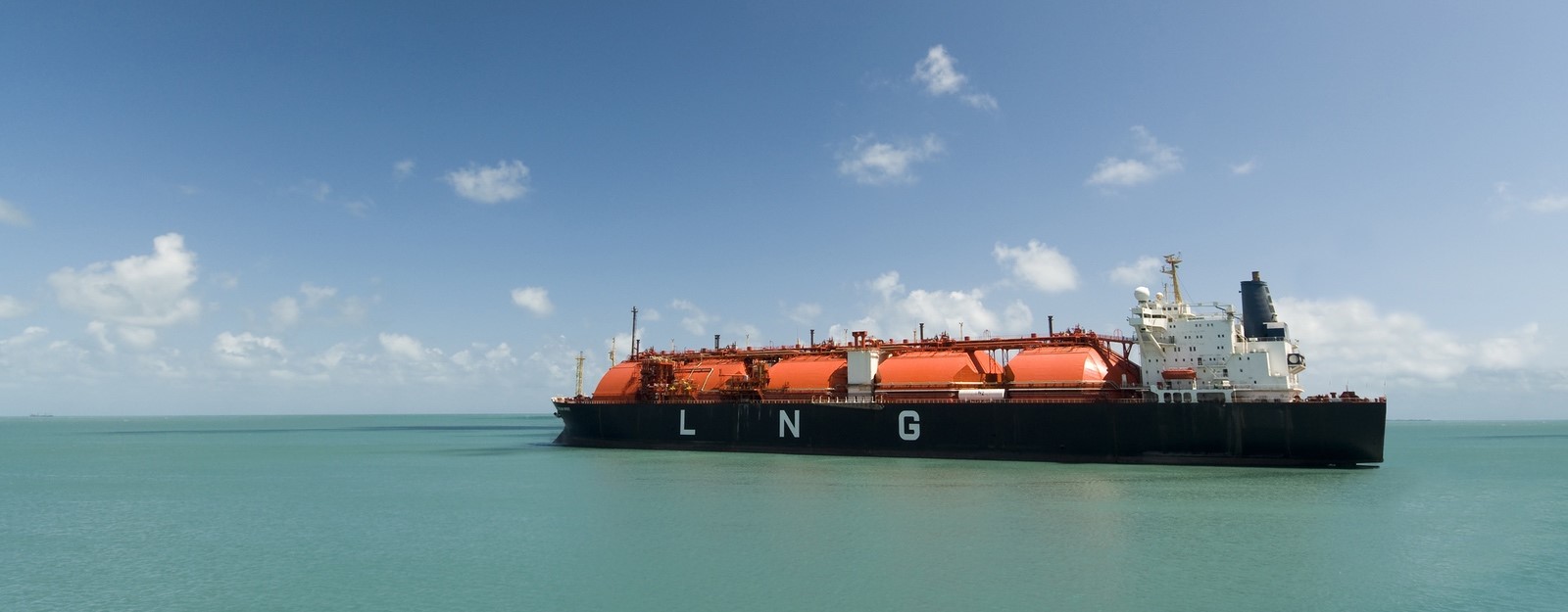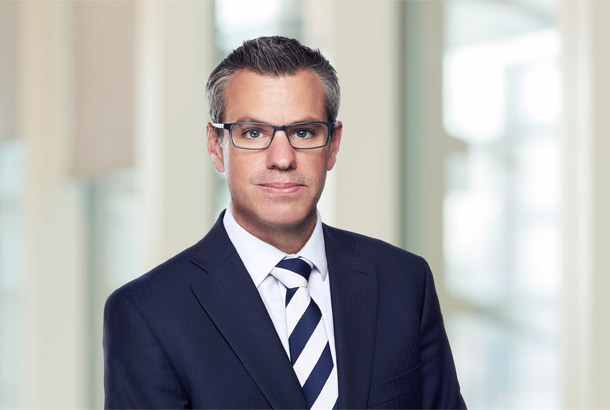Decarbonising the global economy is an urgent priority if the world is to avoid the worst impacts of climate change. Global maritime shipping, referred to as “Shipping" hereafter, is a material contributor to carbon emissions and is responsible for around 3% of global CO2 emissions . Should insufficient action be taken then Shipping's share of emissions could increase to 17% as emissions from other sectors decline .
Challenges acknowledged, we believe there are a number of promising pathways towards decarbonising the sector to 2050 and beyond:
In the short term, there is potential for reducing fuel consumption with energy efficiency measures, optimisation of supply chains and slow steaming. LNG will also play a role in the short to medium term, although views vary on whether LNG will play a “transitional", “temporary" or “limited" role in the decarbonisation of the sector.
Yet the above measures will be far from sufficient to achieve the IMO Target by 2050. So in the medium to longer term, significant emissions reductions will need to be achieved by switching to zero-carbon fuels such as green ammonia and hydrogen. Bio-fuels, sometimes labelled as “net zero" fuel, could also play a role in offering a pathway to further decarbonising LNG-fuelled vessels.
This paper seeks to outline both the challenges and the opportunities that the decarbonisation of the sector presents. To start with, we set the scene by considering where Shipping's emissions are as of today and where they need to reduce to in order to achieve IMO Target and ideally exceed it. We then consider regulatory measures and developments in terms of vessel efficiency as well as some of the technical challenges around moving to propulsion systems which utilise Carbon Free Fuels. The core of the paper then considers the role that LNG could play alongside Carbon Free Fuels to 2050 and beyond in this transition. Finally we explore a number of other factors which could facilitate the transition, such as market-based incentives and financing considerations, before concluding with some key-takeaways.
Download the report now (PDF)






